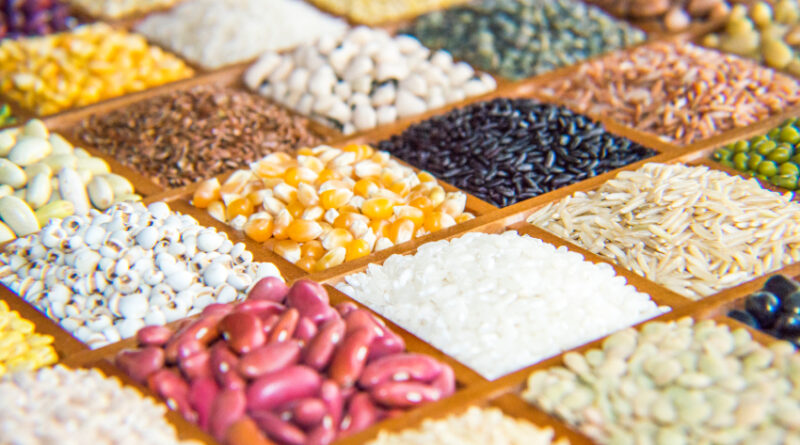Budget to announce steps to aid crop diversification
By Sandip Das
The government is likely to announce a host of measures aimed at boosting domestic production of pulses and oilseeds, including 100% procurement of three variety of pulses at the minimum support price (MSP) in the coming Budget. The move is expected to reduce reliance on imports, aid crop diversification, and increase farmers’ income.
Currently, area under pulses and oilseeds is only a fraction of the country’s top crop area, and their cultivation is confined to just 55 districts. Though up to 40% of the marketable surplus of three pulses varieties – urad, arhar and masoor – can be purchased by the government under an extant price support scheme, actual purchases are abysmally low.
Officials said a system of price deficiency payment where farmers would be reimbursed the difference between market prices and MSP will be announced on a pilot basis for pulses and oilseeds.
India imports 58% and 15% of its annual edible oil and pulses consumption respectively.
Because of decline in production and robust demand, prices of several varieties of pulses – tur, urad and chana – are currently ruling above MSP. Agriculture minister Shivraj Singh Chouhan has recently said that the government is committed to procure 100% of urad, arhar and masoor varieties of pulses, which the country imports in substantial quantities in the coming season.
In case of oilseeds, the Union government agencies in collaboration with state departments have purchased 1.2 million tonne (MT) of mustard from farmers at MSP under price support prices (PSS) in the current season. India imported a record 16.47 MT of edible oils mostly palm, soybean and sunflower in the 2022-23 oil year (November-October), helped by lower import tariffs.
Sources said agencies such as farmers’ cooperative Nafed and National Cooperative Consumers’ Federation of India NCCF have commenced registration of urad and tur farmers for procurement under the MSP following higher sowing due to adequate monsoon in key growing states.
However, despite the registration with the agencies, farmers will be free to sell their produce higher than MSP in the market, officials said.
Stating that area under pulses have increased by over 50% particularly tur and urad varieties in the current kharif season so far, the government’s priority is to achieve self-sufficiency in the next couple of years through area expansion as well as assured procurement from the farmers.
The Commission for Agricultural Costs and Prices (CACP) in its report on price policy for rabi crops for marketing season (2024-25) has stated that pulses production is concentrated in a few states and districts in the country and is prone to high fluctuations due to biotic and abiotic stresses.
The commission has recommended expansion of area under pulses especially tur, urad and masoor varieties in rice-fallows available in eastern and southern states. According to CACP, Maharashtra, Karnataka and Uttar Pradesh account for more than two-third of the total tur production and 25 districts contribute 60% of the output of pulses-variety.
According to an official note, the annual production of pulses is estimated in the range of 26-27 MT while more than 4.5 MT of pulses – mostly tur, urad and masoor were imported in FY24 against an import of 2.45 MT in 2022-23.
To import domestic supplies and curb spike in prices, In December, 2023 the government had extended duty free import of tur, urad and masoor till the end of FY25. However, inflation in pulses and products category rose to 16.07% last month on year and had been in double digits since the past one year.
However trade sources said with adequate monsoon rains especially in the key pulses growing states of Karnataka, Maharashtra, Madhya Pradesh, Rajasthan and Uttar Pradesh which has given boost to sowing, there is likelihood of increase in kharif pulses – tur, urad and moong and would pull down the prices.
Earlier this year, cooperation minister Amit Shah had stated that the country is aiming to achieve self-sufficiency in the pulses production by 2027.
This article has been republished from The Financial Express.

